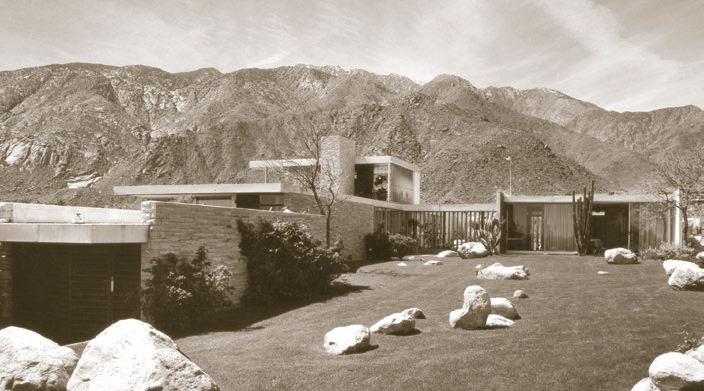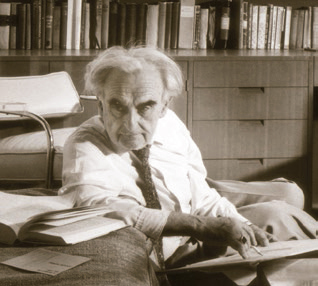8 Great Modern Masters - Page 3
 |
 |
|
|
2. RICHARD NEUTRA
Neutra (1892-1970), who was born and trained in Vienna and arrived in America in 1923, came into his own in California, one of the chief inventors of what came to be called the International Style.
Many of Neutra's best-known works have a cool, industrial vibe, starting with his Lovell 'Health' House of 1928, framed in prefabricated steel and wrapped in concrete and glass. It got its nickname because it was designed for a naturopathic healer who sunbathed on its decks in the nude. It was the likely first all-steel-framed house in America and won Neutra international fame.
Neutra's houses have been described as sleek, serene, aloof. A client compared one house to a greyhound.
Neutra played up the machine look either by building with steel or, when using wood, painting it silver to appear metallic. He sided some of his homes with aluminum, but more often used stucco. Neutra also sided homes with redwood, especially when building in Northern California, where redwood modernism reigned.
While his house plans could be austere, when budgets allowed Neutra indulged in luxurious materials.
Neutra was a visionary whose plans for a utopian 'Rush City Revisited' inspired followers, even though it was never built.
He designed even his high-end houses with low-end clients in mind. His client Phillip Lovell wrote that elements of the Health House could be "incorporated into the humblest cottage." In the 1930s and '40s Neutra created communities for low-income people and defense workers.
Neutra's goal, he said, was to develop "an industrially prefabricated, essentially anonymous, internationally replicable architecture." But he was too fine a designer to produce anonymous work.
Neutra's homes are distinguished by double-height living areas, simple but dramatic stairwells often walled with translucent glass, spider-leg shaped outriggers that extend past walls into gardens, and rooftop gardens sometimes atop semi-circular bays. His homes tend to be horizontal in outline and blend with their landscaping.
One of his most iconic homes is the Kaufmann House in Palm Springs, a surprisingly simple series of interlocking pavilions opening onto a pool that is as much a part of the house as the living areas or the upstairs, out-of-doors 'gloriette' room. The house evokes both Japanese tradition and paradisiacal life in California.




